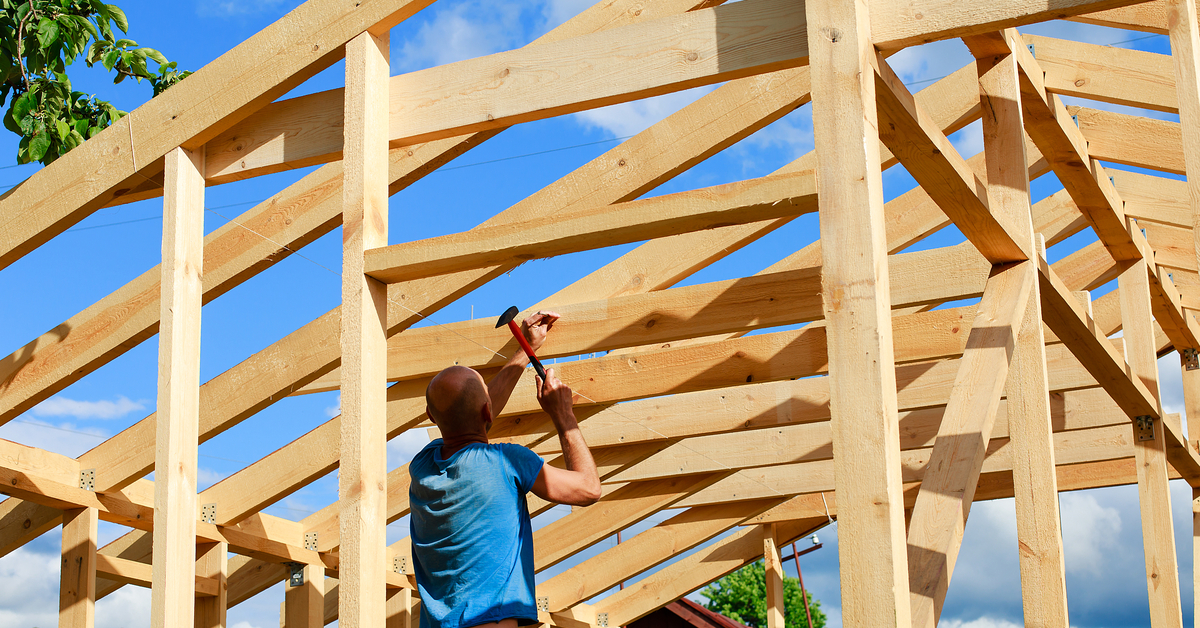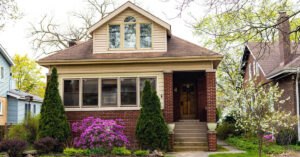With much of the country leaving harsh winter weather behind, housing starts saw a solid March rebound, increasing 19.4% month to month to a seasonally adjusted annual rate of 1.74 million units.
That’s according to the newest data from the U.S. Census Bureau and the Department of Housing and Urban Development (HUD). March’s pace — the fastest since June 2006 — is 37.0% above the March 2020 rate of 1.27 million units, marking a strong month after a disappointing February held down by, among other things, Texas’ winter storms.
Boosting the gain was a stout hiring pickup for builders in March, observed Mike Fratantoni, senior vice president and chief economist for the Mortgage Bankers Association.
“March job numbers showed a pickup in construction employment,” he said. “Those job gains were matched by a notable increase in the pace of building, with housing permits up last month and running 30% ahead of last year’s pace, along with starts up 37%. Single-family starts increased even more — rising 15.3% [month over month] after declines in the previous two months.”
Healthy home sales and healthier demand, buttressed both by a favorable rate environment and by the ongoing deep shortage in supply, should help push single-family construction moving forward, according to Robert Dietz, chief economist of the National Association of Home Builders.
“Demand remains solid due to low mortgage interest rates and a thin level of inventory in the resale market, which is spurring the need for additional supply,” he said. “The test for the industry this year will be balancing growth and higher construction costs, given ongoing housing affordability challenges.”
Multifamily starts posted an even bigger jump, surging 30.8% from February thanks to big increases in the Northeast, Midwest and South. Demand for apartments has seen its own rebound of late, with even struggling gateway markets showing modest signals of turning the corner in terms of rent growth. The National Multifamily Housing Council (NMHC) reported that its Market Tightness Index grew from 43 to 81 over the first quarter — the first time in six quarters the metric has grown — while its Sales Volume Index increased from 53 to 77, marking the highest reading since October 2010. Evidently, the improving apartment market coupled with the brightening overall economic outlook has finally coaxed some multifamily developers to forge ahead with some projects that the pandemic may have temporarily tabled.
Permits were up 2.7% month over month to reach an annualized rate of 1.77 million units in March, up 30.2% from March 2020 as Fratantoni mentioned. Completions were also up, increasing 16.6% month over month and 23.4% year over year. With March’s robust improvements, both the number of homes under construction and the number of homes completed hit their highest levels in over 13 years.
The operative question remains whether the gains in building can be enough to offset still tightening inventory issues. As Dietz noted, the rising tide of prices remains a threat to squeeze buyers out of the market, especially at the lower price tiers. Any new additions to for-sale inventory would be welcome for first-time buyers hoping for price growth to moderate.
“The biggest challenge facing the housing market right now is the lack of supply,” Fratantoni said. “This news of more new inventory on the way is very positive. Although we do not expect a rapid cooling in the pace of home-price growth, there should be some deceleration over the course of 2021 as these additional units enter the market.”






